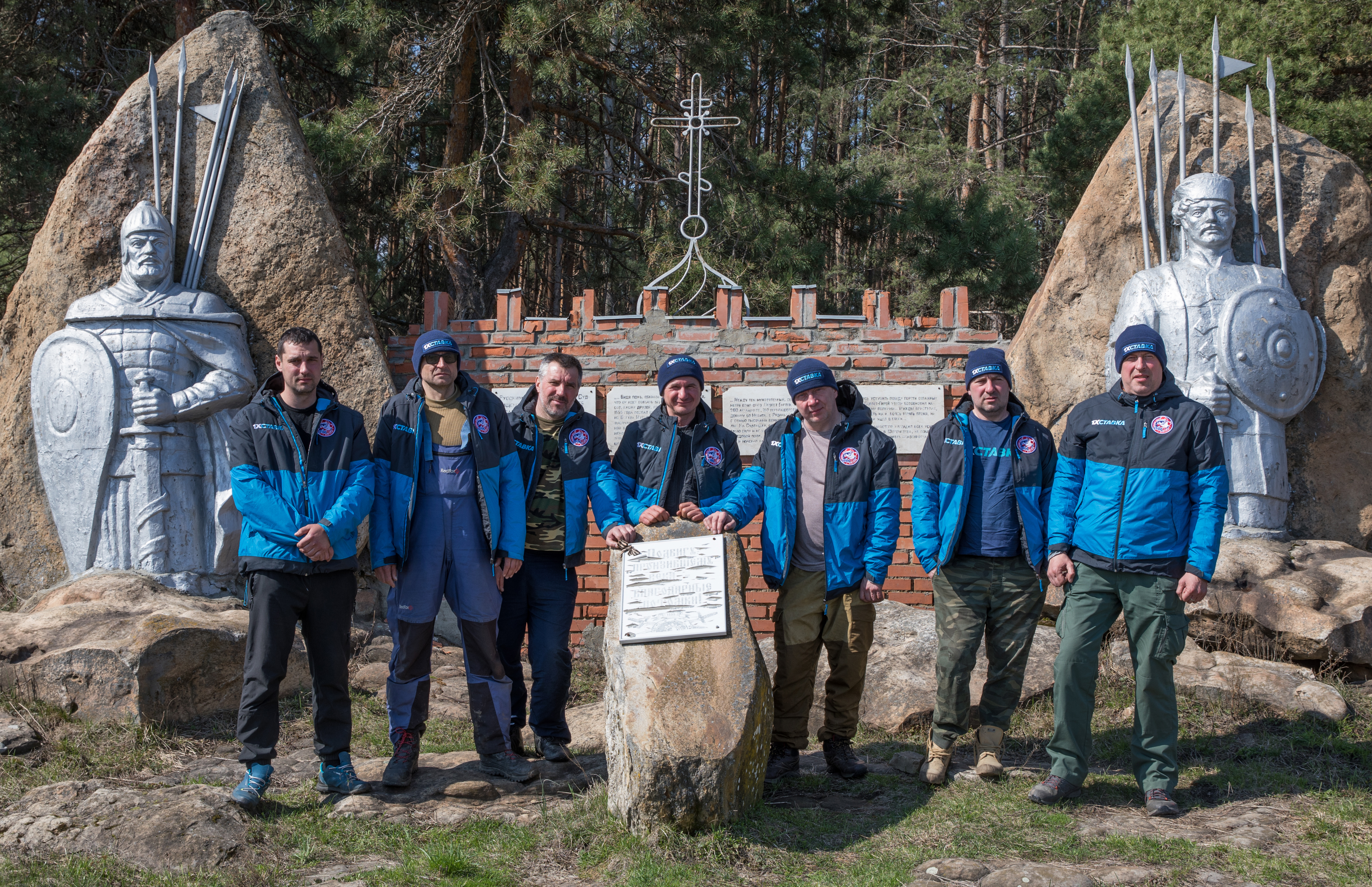In the spring of 2021, Oryol divers discovered the site where the Battle of Sudbischen took place in 1555. This battle between the Russian army and the Crimean horde was a fateful event, in name and in nature, in the history of Russia during the era of Ivan the Terrible.
Contributed by
Within the framework of the project “Water Trade Routes of the Oryol Region,” the Oryol dive club “DIVO” organized a mid-spring expedition to the vicinity of the legendary ancient Murava Route, which ran along the center of Russia, passing through the Oryol region. This was the main historical road between Crimea and Moscow. Many a trader’s and ambassador’s travels, as well as ancient wars, took place along this horse trail between the Oka and Don rivers. The Crimean Tatars made numerous raids along it.
In addition to the overland route, waterways along the Murava Route were also actively used. Researching these waterways was very relevant to the expedition because of several significant historical events that took place in the Oryol region, which until now had
remained a mystery. It was these circumstances that determined the primary objectives of the expedition, such as the search for ancient piers and marinas, as well as sites of crossings and bridges, and other historical structures. As part of this work, the Oryol divers studied archival materials, working with local historians and archaeologists, and conducted underwater research under their auspices.
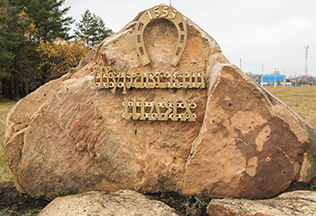
After setting up camp and preparing dive gear and equipment, expedition members began surveying the waters of the Gogol River. As a result of exploring the bottom of the river, a spearhead and several dozen arrowheads were found by the divers. According to preliminary estimates, these artifacts were at least 400 years old. Most likely, the spearhead and arrowheads (used by medieval archers) were none other than material evidence of the legendary Battle of Sudbischen, which, according to historical records, took place at the surveyed locations.
Background
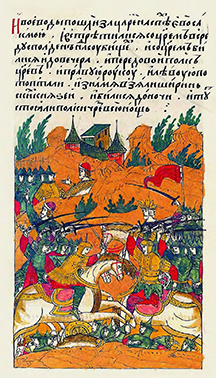
Prior to these finds, historians, regional specialists and archaeologists had repeatedly tried to identify the battle site for a long time. The study of written sources and documents had not brought the desired result. Only one thing was known for certain: In June 1555, not far from Sudbisch, a battle took place between a squad of 7,000 fighters of the voivode (local governor) Ivan Vasilyevich Sheremetev and a 60,000-member horde of the Crimean Khan Devlet I Giray. The clash was preceded by a surprise attack by Russian warriors, and the enemy convoy was repulsed, relinquishing among other trophies, around 60,000 horses and 180 camels. After a fierce two-day battle, the enemy force retreated, leaving 15,000 dead on the battlefield.
The Battle of Sudbischen was not only a measure of the extraordinary steadfastness and fearlessness of Russian fighters, an event in which 5,000 Russian soldiers died in an unequal battle, but it was above all an outcome that saved the Moscow state and all of Europe from another devastating invasion. In the 16th century, the primary basis for the economic prosperity in the Crimean and Kazan states were the raids on neighboring territories, followed by the theft of slaves. According to some estimates, at least three million Russians fell prey to Tatar slave traders over the course of a century.
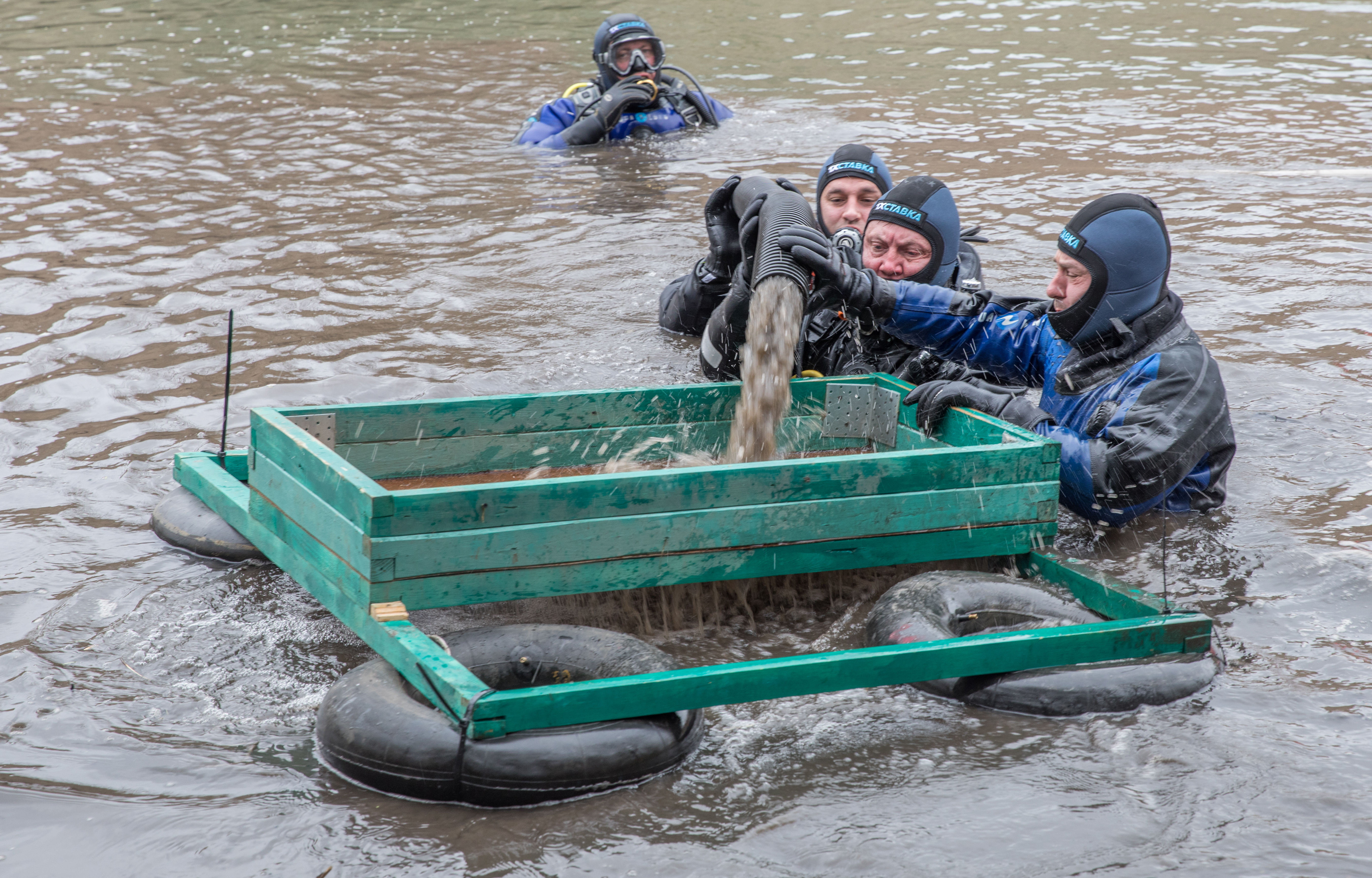
Excavation
The members of the DIVO expedition decided to seek the assistance of a team of archaeological specialists from the Russian Academy of Sciences’ Institute of Archaeology. Further work was carried out under the auspices of the scientists.
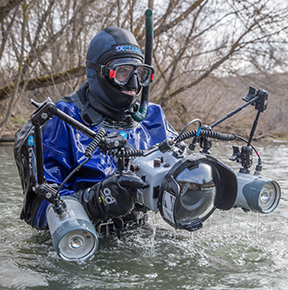
On the eve of the excavation, the archaeologists highly recommended using a hydro-ejector (or water eductor) to dredge muddy sediments in the sectors of the river where medieval objects might be found.
Despite the freezing April water temperatures and rather capricious visibility, the hydro-technical work continued throughout the day. As a result, it was possible to find a significant number of arrowheads, as well as many elements of horse tack and harness, unambiguously indicating the localization of fighting in this area. Archaeologist Oleg Radyush noted: “Most likely, there could have been a shooting battle… probably, during the erosion of the coastline, this part was washed away and accumulated near the dam. Considering that the village of Sudbischi was nearby and the battle occurred somewhere here, we can assume that this was an episode of the Sudbischen battle.”
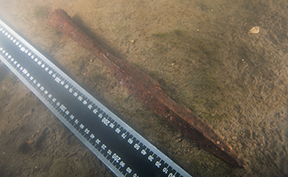
Residents of the surrounding villages and settlements have previously found various artifacts in these places, but these were single specimens, in comparison with the finds made by the expedition divers. In the unanimous opinion of archaeologists, this was an explicit reference to the Battle of Sudbischen.
With the indisputable evidence, it could be argued that the discovered fragments of weapons and ammunition belonged to the era of Ivan the Terrible. However, only subsequent full-scale archaeological field research will be able to bring final clarity on this matter.
Searching for material traces of military history outside settlements or fortifications is very problematic. Finding items that relate to an episode of a legendary battle at the bottom of the river is a rare piece of luck, offering a unique chance to reconstruct an historical event.
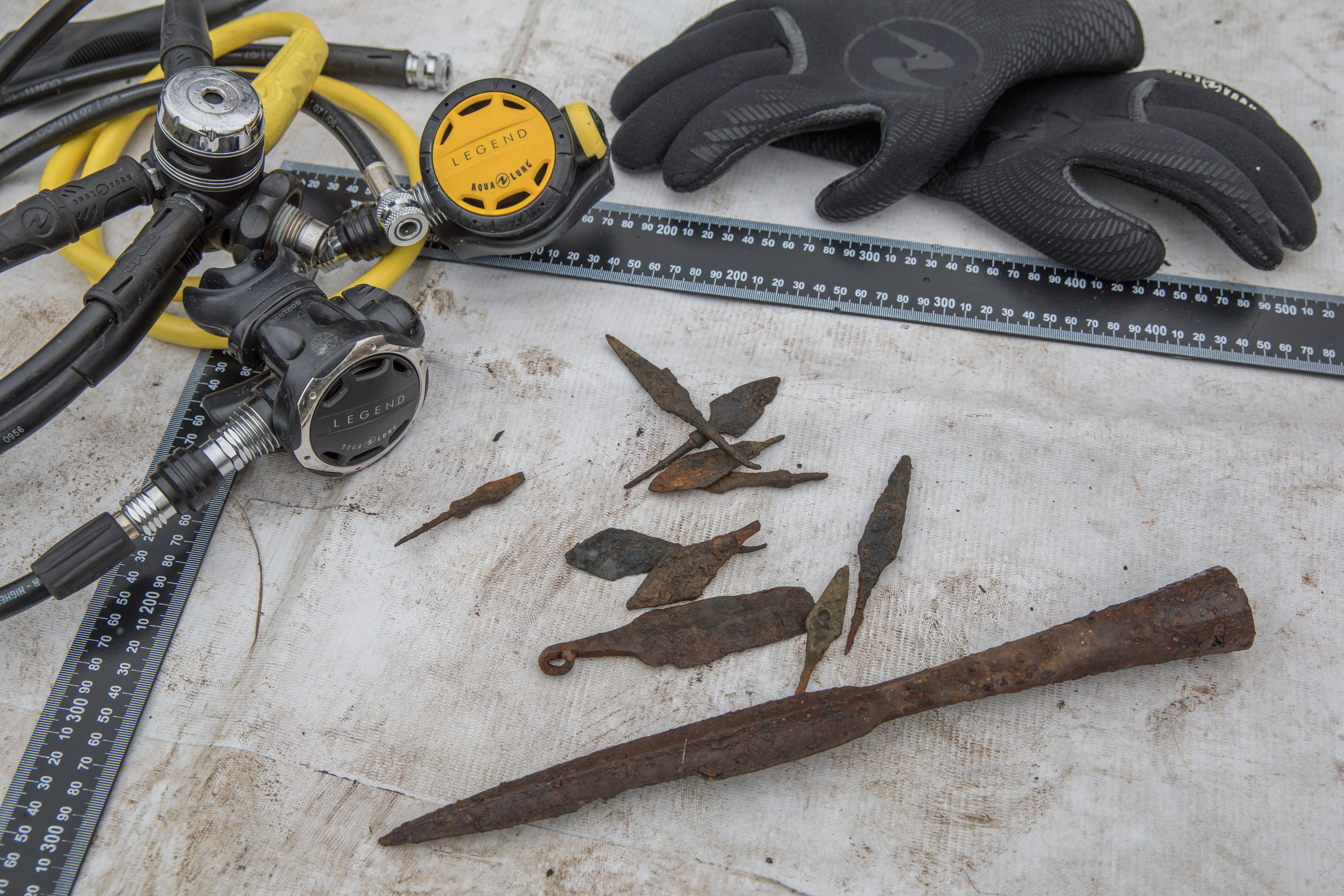
Land-based surveys
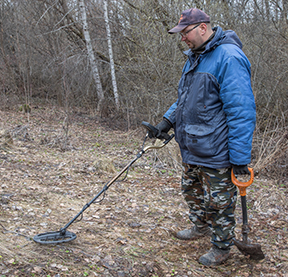
After the completion of the underwater part of the archaeological survey, members of the expedition began to carry out complex search activities on land, under the guidance and support of the archaeologists. During these land-based surveys, the site of a real clash was discovered, which took place, judging by the artifacts excavated from the ground, no later than the middle of the 16th century.
Where the metal detectors signaled a find, historical specialists marked these places with special flags. This was followed by a geodetic survey of the area with an accurate referencing of all detected objects, using a tacheometer and GPS navigator.
The list of finds was impressive and included more than 150 arrowheads of various shapes and sizes, lead bullets and buckshot, a blade fragment, a quiver hook, belt pads and girth buckles, horseshoe nails, and fragments of shoes and horseshoes. During the expedition, more than 900 items were discovered in total, including the artifacts handed over by the divers. There are now plans to organize further large-scale excavations, which will become a new stage in the historical and archaeological research of the defense system of the southern borders of the Moscow state in the 16th and 17th centuries.
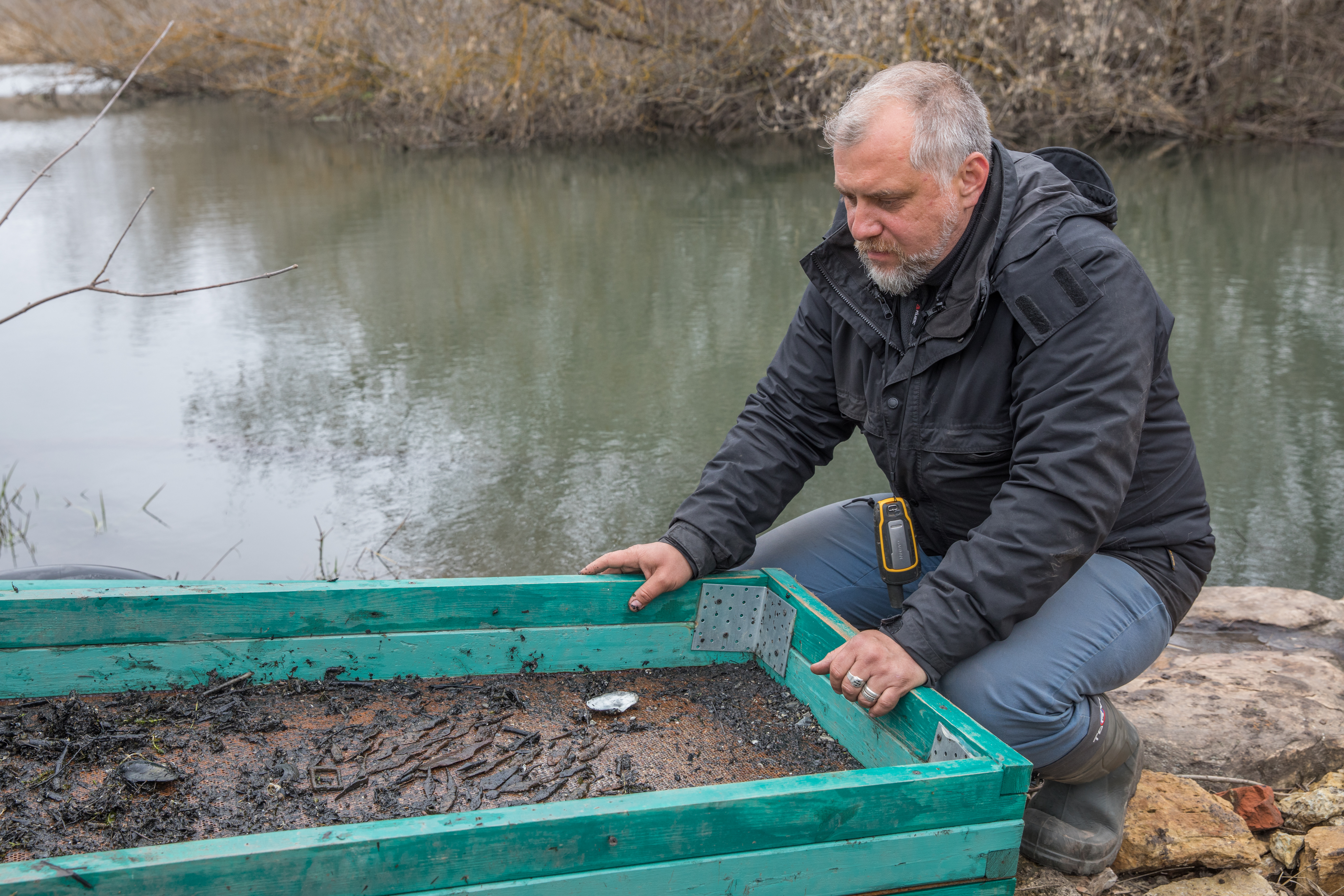
Concluding thoughts
The archaeologist Oleg Radyush summed up the results: “With my archaeological team, upon the invitation of Sergey Kulikov—the head of the “DIVO” dive club—we arrived at the place of unexpected finds and saw and held in our hands the artifacts extracted from the bottom of the river. We were not confident that there was any relation [of the finds] to the Sudbischen battle. With relative accuracy, it was possible to establish only the historical period—the late Middle Ages.
“Every day, there were more and more discoveries. After studying the surroundings, we were able to localize the place of events: a plot of land approximately 900 by 400 meters was literally covered with various metal objects of that era, indicating that a major battle came about on this field. Then we found lead bullets and a coin minted in the first half of the reign of Ivan the Terrible, which made it possible to significantly narrow down the time frame of the battle—the middle of the 16th century.
“By now, in these three weeks of archaeological research, more than 900 artifacts have been found in the vicinity of the Gogol River—about 400 arrowheads, more than 50 bullets, many other metal objects, as well as one lead core and a matchlock. All this made an assumption about the discovery of the site of the Sudbischensky battle even more probable. It became one of the first battles in the history of the confrontation between Russia and the Khanate of Crimea, in which both sides used firearms, both relatively heavy and manual.”
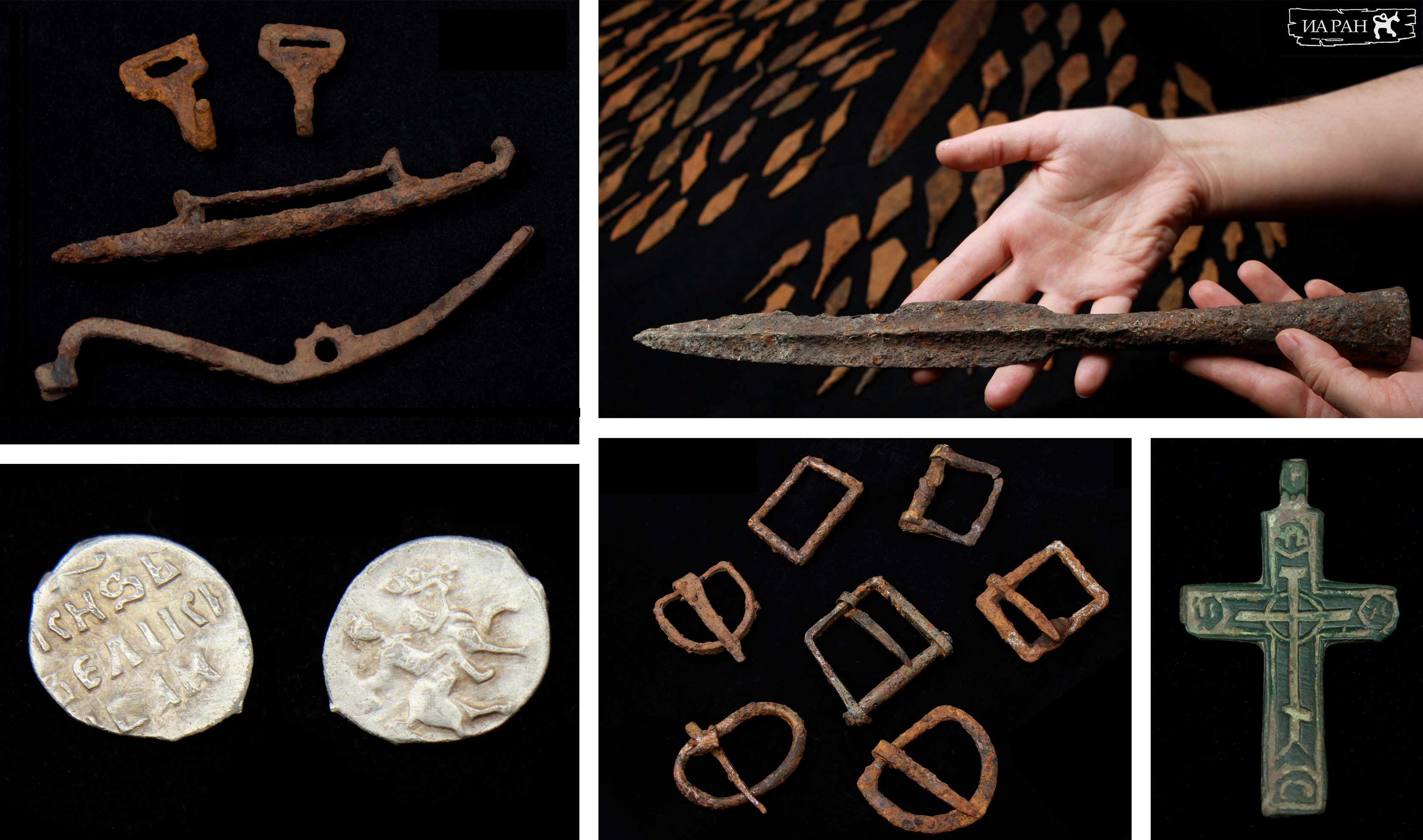
The location of this historical discovery has since attracted many people, including scientists and tourists. The governor of the Oryol region, Andrei Klychkov, noted: “The event that happened in our region has not only value on a district or regional scale, but at least an all-Russian, or perhaps even a European and global scale.”
Finally, we should note that the discovery of the artifacts, which allowed us to accurately ascertain the battlefield, was a rare event. Even though the tactical course of the battle itself has been studied in detail as reported by the sources of the 16th century, the site where it took place still remained unknown. However, the spearhead, accidentally found by a diver at the bottom of the river near the village of Sudbischi, initiated a cascade of events that would fill the “blank spot” on the map of the legendary battle. ■
A note from DIVO: Dear friends and colleagues, we work all over the world and will be glad to cooperate in archaeological, scientific expeditions and filming projects. Email the expedition team leader, Sergey Kulikov, who is head of the Oryol dive club “DIVO” in Russia, at: ssm.72@mail.ru, or go to: dive-orel.ru
